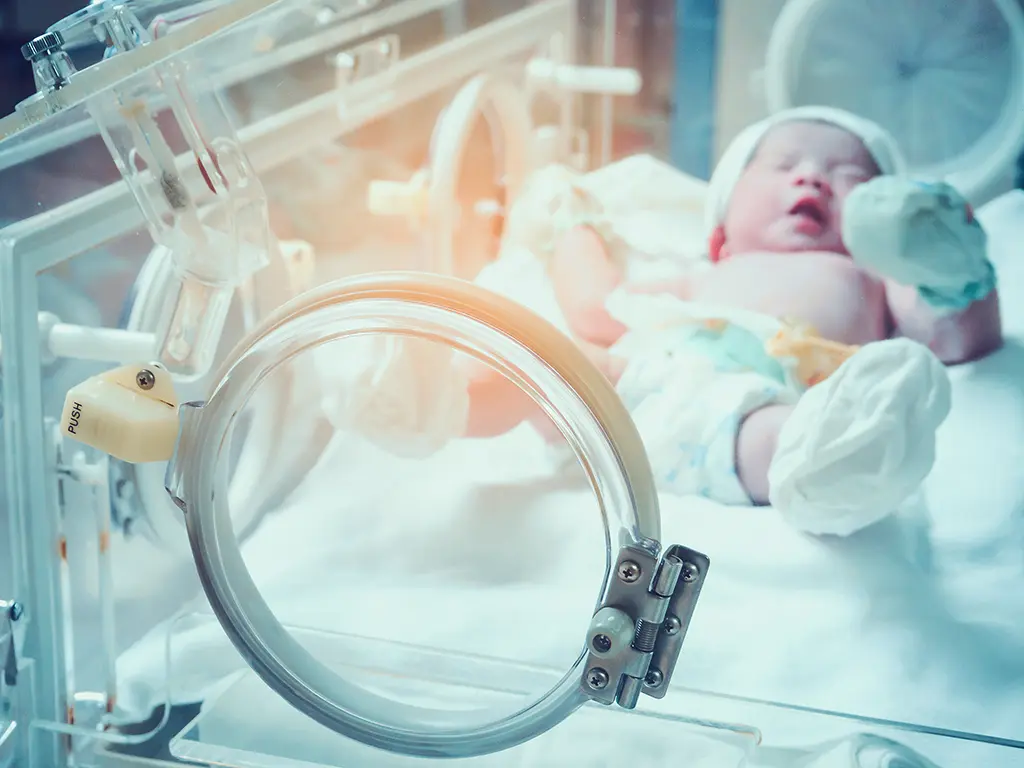What is Assisted Hatching?
Assisted hatching is the process by which the embryo attaches to the uterus during in vitro
fertilisation treatment.
is a technique used to solve problems experienced during the embryo implantation phase.
Puncturing or thinning the zona pellucida (ZP), the membrane that surrounds the embryo
this helps the embryo to attach more easily to the uterus. This method
especially in cases where the zona pellucida is thick and previous IVF
can be preferred if there has been failure in trials.
What is Insemination (IUI)?
Intrauterine insemination (IUI), or vaccination, is a method of
is a treatment method that involves the insertion of a sperm cell directly into the uterus.
The sperm is selected through a special process in the laboratory and the woman
into the uterus. This method allows the sperm cells to be directly
increase the chances of meeting and thus increase the likelihood of pregnancy.
What is microinjection (ICSI) treatment?
ICSI is a microinjection technique and a variation of IVF treatment.
In ICSI, a single sperm cell is injected directly into an egg cell.
is used. This method can be used in cases of low sperm count or low motility.
used and successful results have been achieved
What is drug-free in vitro fertilisation (IVF)
Non-drug IVF treatment is usually performed in the woman’s natural cycle, using hormoneseggs are
collected and fertilised by monitoring their natural development
is carried out in a laboratory environment.
What is PRP Method
PRP (Platelet-Rich Plasma), growth factors found in blood plasma
is a rich cell-rich solution. In in vitro fertilisation, PRP is usually used
to improve the inner surface and increase the likelihood of a more stable attachment of the embryo.
can be used to ensure that he/she has a spermatozoa.
Sperm Extraction Procedures (TESE)
Sperm retrieval procedures, sperm production or transport problems in men
is used when there is no testicular biopsy. These include testicular biopsy, microTESE (micro-
procedures such as testicular sperm extraction) can be found.
IVF Treatment Process Step by Step
1: First Specialist Appointment
At your first appointment, your fertility specialist will take your and your partner’s medical history
will examine and evaluate all previous treatments you have undergone.
2: Pre-treatment counselling
She will discuss your treatment plan again with your fertility specialist,
you will answer your questions and sign the relevant consent forms. At this stage
You will also review the medication you are currently taking.
3: Treatment begins
Your fertility nurse will provide you with the necessary medication, the treatment cycle
will explain the timetable and explain Follicle Stimulating Hormone (FSH) injections
will teach you how to do it yourself.
4: Hormone Stimulation
FSH injections allow your ovaries to produce more eggs than usual
to produce more eggs. More eggs, fertilisation and pregnancy
increases your chances
5: Treatment Monitoring
During treatment, regular blood tests and ultrasounds will be performed to check your hormone
levels and
the condition of your ovarian follicles is monitored. This is the most appropriate time for egg
retrieval.
helps to determine the time.
6: Injector Triggering
Once the optimum number and size of follicles have been reached, egg collection
hCG (human chorionic gonadotropin) injection is given. Egg collection
the procedure takes place 36 to 38 hours after this injection.
7: Egg retrieval in day surgery
Egg retrieval is usually performed under ultrasound guidance. This procedure
a mild general anaesthetic is usually preferred.
8: Egg Fertilisation
The collected eggs are taken to the laboratory and prepared for fertilisation. Sperm
and the egg is placed in a container where fertilisation takes place.
9: Embryo Development
The development of the fertilised eggs is monitored and the embryologist monitors the condition of
the embryos.
gives information about.
10: Embryo Transfer
The best quality embryos are transferred to the uterus. The transfer of the egg
usually takes place no later than five days after the collection.
11: Embryo Freezing
Unused embryos can be frozen and stored for future use
can be stored.
12: Pregnancy Test
The pregnancy test is performed about two weeks after the embryo transfer. Test
If the results are positive, an ultrasound scan is scheduled approximately three weeks later.
Which tests are performed?
Various tests are performed before and during IVF treatment. For women
hormonal tests, ovarian reserve assessment and intrauterine structure
tests such as hysteroscopy can be performed to evaluate the results. In men, sperm
analyses and hormonal tests may be important.
*The process of IVF treatment can be an emotional journey for many couples
and can leave effects on stress and motivation on patients.
Each patient in the treatment process is different, therefore individualised needs
It is important to adopt a sensitive approach.
is an in vitro fertilisation treatment method without the use of drugs. In
